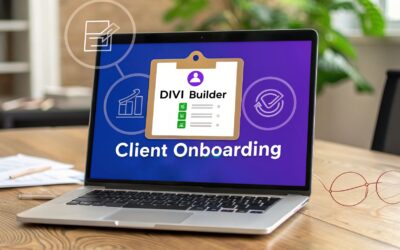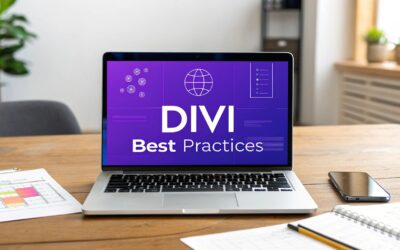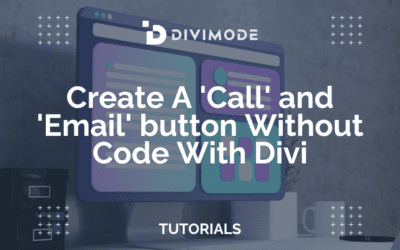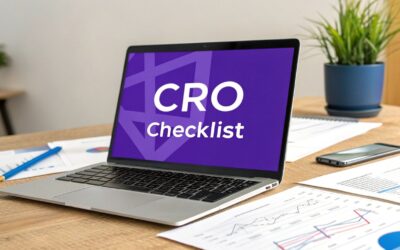So, you want to get a real handle on client satisfaction? It's all about systematically gathering, analyzing, and then actually acting on client feedback. The big three metrics for this are CSAT, NPS, and CES. Think of this process as turning those fuzzy client feelings into hard data you can use to grow your business.
Why Measuring Client Satisfaction Matters

You can't improve what you don't measure. It’s an old saying, but it’s the bedrock of business growth. Consistently measuring how happy your clients are isn't just a "nice-to-have." It's a vital sign of your company's health, directly impacting your retention, revenue, and reputation.
Flying blind is just plain bad business. If you ignore client feedback, you might feel like you're making progress, but you could be heading straight for a cliff.
Imagine a B2B software company laser-focused on shipping new features and closing deals. They don't bother with feedback surveys, figuring that no news is good news. Before they know it, their churn rate starts creeping up. By the time they figure out clients are leaving because of a clunky user interface—something a simple survey would have flagged months ago—they’ve already lost a huge chunk of revenue and taken a hit to their reputation.
The True Cost of Ignoring Feedback
This isn't just a hypothetical story; it’s a trap I’ve seen countless businesses fall into. We all know it costs way more to land a new customer than to keep an existing one. That makes client satisfaction a direct lever for your bottom line.
When you get serious about measuring satisfaction, you unlock some huge advantages:
- Higher Client Retention: Happy clients don't just stick around; they become your biggest fans. Understanding their pain points lets you fix problems before they even think about leaving.
- Increased Revenue: A satisfied client is far more likely to upgrade, buy more services, and—most importantly—bring you referral business.
- Stronger Brand Reputation: Great experiences create powerful word-of-mouth marketing and fantastic testimonials. For a deeper dive, check out our guide on the power of https://divimode.com/online-reviews-for-your-business/.
Customer service has become the main event. A recent survey found that a staggering 99% of consumers say customer service is a key factor when choosing a brand. The stakes are high, too—54% will jump ship if they have to repeat their issue to multiple people. This isn't just about being nice; it's about survival.
Flying blind is expensive. The small, recurring issues you don't hear about are often the very ones that cause your best clients to quietly look for an alternative.
Your Essential Toolkit for Listening
To sidestep these pitfalls, you need the right toolkit. The go-to metrics for measuring client satisfaction are Customer Satisfaction (CSAT), Net Promoter Score (NPS), and Customer Effort Score (CES).
Each one gives you a different piece of the puzzle, from how a client feels right after an interaction to their long-term loyalty to your brand. Understanding the importance of customer loyalty is the end game, and these metrics are what get you there. They provide the data you need to stop guessing and start making smart decisions that build that loyalty.
Choosing the Right Satisfaction Metrics
Navigating the world of client feedback can sometimes feel like trying to choose the right tool for a job without knowing what you're building. When it comes to measuring client satisfaction, picking the right metric is everything. Not all of them are created equal, and each one is designed to answer a very specific business question.
Instead of just rattling off acronyms, let’s focus on the job each metric is hired to do. Think of CSAT, NPS, and CES as distinct instruments in your feedback toolkit. Making the right choice means aligning your measurement with a clear goal.
Comparing Key Client Satisfaction Metrics
To cut through the noise, it helps to see these metrics side-by-side. Each one gives you a different piece of the puzzle, so understanding their strengths helps you decide which one to pull out of the toolbox and when.
| Metric | What It Measures | Typical Question | Best For |
|---|---|---|---|
| CSAT | Short-term happiness with a specific interaction or transaction. | "How satisfied were you with your recent support experience?" | Getting immediate, in-the-moment feedback on individual touchpoints like a support call or a new feature launch. |
| NPS | Overall brand loyalty and the likelihood of a client to recommend you. | "How likely are you to recommend us to a friend or colleague?" | Measuring the health of your client relationships over the long term and identifying brand advocates. |
| CES | The ease of an experience and the effort a client had to exert. | "How easy was it to get your issue resolved?" | Pinpointing and removing friction from specific processes, such as onboarding, billing, or technical support. |
As you can see, you’re not choosing one over the others forever. You’re choosing the right one for the right moment. Let's dig into where each one really shines.
The In-the-Moment Pulse Check: CSAT
The Customer Satisfaction Score (CSAT) is your go-to for a quick, "here and now" pulse check. It’s a transactional metric, best used immediately following a specific interaction. Its whole purpose is to answer one simple question: How satisfied were you with this specific experience?
Imagine a client just finished a support chat, or a project manager delivered a key milestone. Sending a quick CSAT survey right then and there gives you immediate, targeted feedback on that single touchpoint. The beauty of CSAT is its simplicity and immediacy. It helps you quickly spot and address issues in specific parts of your client journey.
But here’s the catch: a high CSAT score on one interaction doesn't always translate to long-term loyalty. A client might be happy with a quick support fix but still feel your overall service is too expensive. That’s why you can’t rely on CSAT alone for the big picture.
Key Takeaway: Use CSAT for instant feedback on specific interactions, like post-support tickets, after a training session, or following a purchase. It's your early warning system for friction points.
Gauging Client Effort with CES
Next up is the Customer Effort Score (CES), which measures something incredibly important: ease. The question it asks is simple but powerful: How easy was it for you to get your issue resolved?
Research consistently shows that reducing client effort is a massive driver of loyalty. When clients have to jump through hoops, repeat themselves, or navigate a confusing process, their satisfaction plummets. A high-effort experience is a major red flag for potential churn.
Consider a scenario where a client tries to update their billing information on your website. If the process is convoluted and requires five different screens, their CES score will be low—even if they eventually succeed. This feedback is golden because it points directly to process-level problems you can fix. Reducing friction just makes you easier to do business with, and that's a powerful competitive advantage.
Measuring Long-Term Loyalty with NPS
Finally, the Net Promoter Score (NPS) zooms out to measure the overall relationship and long-term loyalty. It asks the ultimate question: How likely are you to recommend our company to a friend or colleague?
NPS isn't about a single transaction; it's a reflection of the client's entire journey with your brand. It helps you segment your clients into three crucial groups:
- Promoters (Score 9-10): These are your loyal enthusiasts who will keep buying and refer others.
- Passives (Score 7-8): They're satisfied but unenthusiastic, making them vulnerable to competitive offers.
- Detractors (Score 0-6): These are unhappy customers who can damage your brand through negative word-of-mouth.
This metric is a strong predictor of future growth. A rising NPS often correlates with increased revenue and market share. While the score itself doesn't pinpoint why a client is unhappy, the classic follow-up question—"What's the main reason for your score?"—unlocks the rich, qualitative insights you need to make meaningful improvements. Combining this data with other information is a core part of understanding the complete picture, and you can learn more by reading this beginner's guide to website analytics.
The chart below shows typical survey response rates, highlighting that transactional surveys like CSAT often get more engagement than broader ones like NPS.
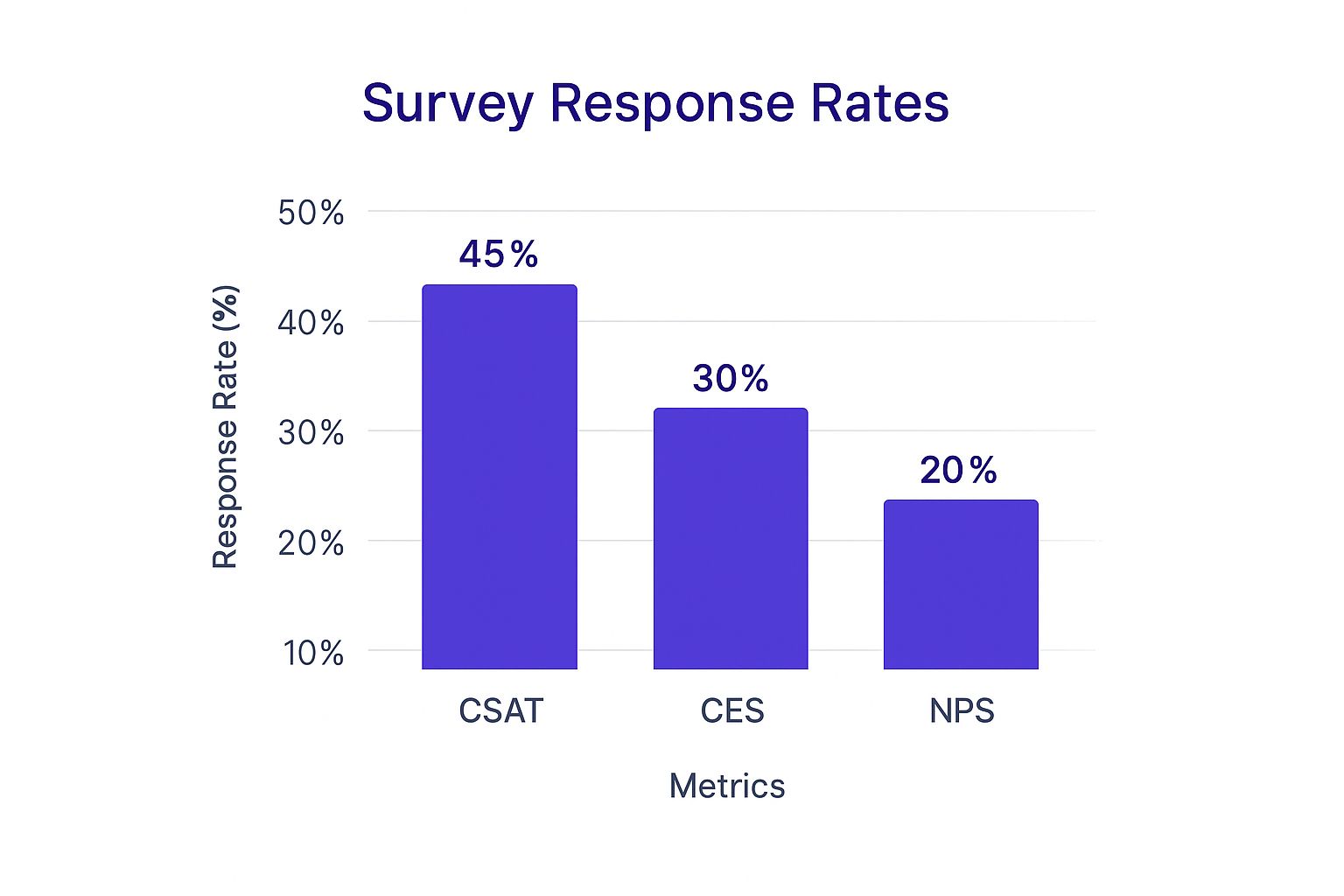
This data suggests that clients are more willing to offer feedback immediately after an interaction, reinforcing the value of timely, context-specific surveys.
How to Build Your Feedback Collection System
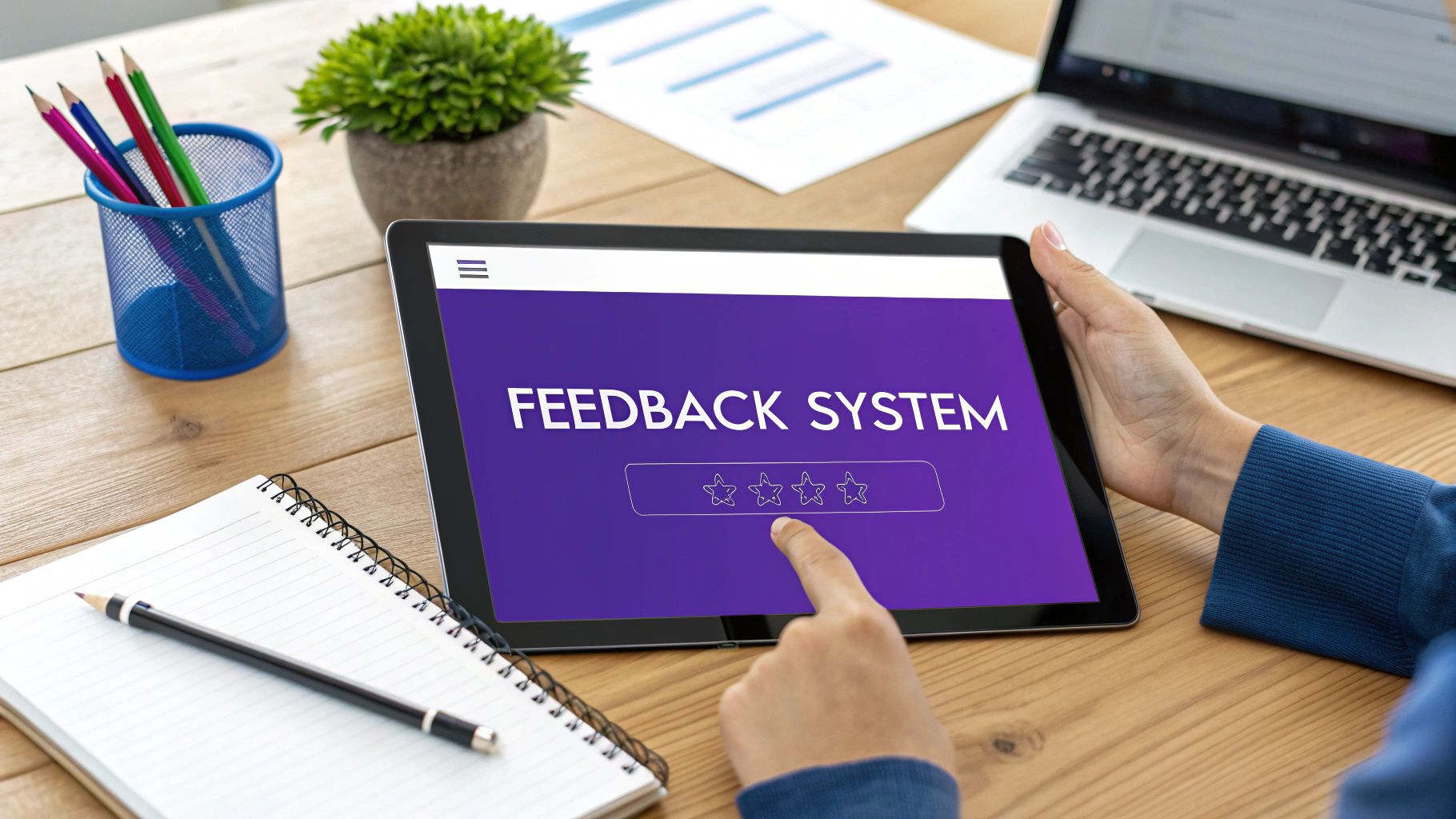
Knowing what to measure is one thing, but the real magic happens when you build a system to actually collect that feedback. A great feedback system isn’t about just blasting out generic surveys; it's about weaving feedback requests into the natural flow of your client's journey.
The whole point is to make giving feedback feel like a normal, easy part of their experience with you. This means you’ve got to meet them where they already are—whether that’s their email inbox, inside your app, or during a scheduled call. A multi-channel approach helps you capture insights from different moments without annoying anyone.
Choosing Your Feedback Channels
There’s no magic bullet here. The right channel mix depends entirely on how your clients interact with you. Most of the time, the best strategy is a blend of methods, each tailored to a specific point in the client's lifecycle.
Here are a few channels that I've seen work time and time again:
- Email Surveys: The old classic for a reason. Emails are perfect for sending a quick CSAT or CES survey right after you close a support ticket. They're also great for those bigger-picture, quarterly NPS check-ins to see how the overall relationship is going.
- In-App Pop-ups: If you run a SaaS company or have a client portal, these are gold. You can trigger super-specific questions, like asking for a quick rating on a new feature the very first time a client uses it.
- Website Feedback Widgets: These are the little non-intrusive tabs or buttons that just hang out on your site. For implementation ideas, you might find our guide on adding a sticky contact form with Divi useful—it's a similar concept. They're fantastic because they let clients offer feedback on their own terms, whenever the mood strikes.
Pro Tip: Automate everything you can. Set up triggers—like a project milestone being marked "complete" in Asana—to automatically send the right survey. This keeps your feedback timely and consistent without adding more manual work for your team.
The name of the game is to make giving feedback as frictionless as possible. A one-click rating followed by an optional comment box will always get more responses than a long, ten-question survey.
Designing Surveys That Get Honest Answers
How you ask is just as important as what you ask. A poorly designed survey will get you biased data, dismal response rates, and ultimately, insights that are totally useless. The art of a great survey lies in its simplicity.
This is where tools like guest experience surveys really nail it. The principles they use for gathering direct feedback apply across any industry—it all boils down to clear, unbiased questions that encourage people to be honest.
When you're writing your own questions, keep these rules in mind:
- Don't Lead the Witness: Never, ever phrase a question in a way that suggests the answer you want. Instead of asking, "How amazing was our support team?" try something neutral like, "How would you rate the support you received?"
- Combine a Score with an Open-Ended Question: This is the magic formula. The score gives you a hard number you can track over time. The open-ended follow-up—like, "What's the main reason for your score?"—gives you the all-important "why" behind that number.
- Keep It Short and Sweet: Your client’s time is valuable. A survey should take a minute or two, tops. For most interactions, one to three questions is more than enough to get what you need.
This mix of quantitative (the score) and qualitative (the comments) data is where the real value is hiding. You can spot trends with the scores and then use the comments to understand the human stories behind the data.
Real-World Scenario: A Digital Marketing Agency
Let's make this practical. Picture a digital marketing agency that wants to get ahead of client issues instead of just reacting to them. They decide to build an automated feedback loop around their project milestones.
Here’s what their system looks like:
- Trigger: A project manager marks a milestone as "Delivered" in their project management tool.
- Action: An automated email goes out to the client's main contact 24 hours later.
- Survey: The email has a single, simple CES question: "How easy was it for you to review and approve this milestone?" paired with a 1-5 rating scale.
- Follow-Up: Right below the rating, there's an optional open-ended question: "Is there anything we could do to make this process smoother for you?"
This simple, automated flow gives them a constant stream of highly specific feedback. The agency can now instantly spot friction in their delivery process. Maybe clients find the reports confusing, or maybe the approval workflow is clunky. They can track their CES score over time and see if the changes they make are actually helping.
While global consumer satisfaction has hovered around 76% according to a recent Qualtrics study, the real competitive edge is found in these small, transactional details. This kind of granular feedback is exactly what helps a business stand out by perfecting all the little interactions that add up to the total client experience.
Turning Raw Feedback Into Actionable Insights

Collecting client feedback is like mining for gold. The raw material has potential, but it’s worthless until you refine it. Those scores and comments you’ve gathered are just the starting line. The real magic happens when you turn that mountain of raw data into a clear roadmap for improving your business.
This is where you shift from just measuring client happiness to actively improving it. It’s about digging into the numbers to find the hidden stories, spotting patterns in the comments, and creating a system to act on what you learn. Skip this step, and you're just collecting data for the sake of it.
Segmenting Your Data to Find the Story
A single, overall satisfaction score is a good start, but it often hides the most important details. To get to the real truth, you need to slice and dice your data. Segmentation is your best friend here—it’s the process of breaking down your feedback by different client groups to pinpoint exactly where you’re winning and where you’re falling short.
Let’s say your overall NPS is a respectable +40. Looks good on the surface, right? But segmentation can reveal a much more complex picture.
For instance, you could segment your responses by:
- Client Type: You might find your enterprise clients are thrilled (NPS +60), while your small business clients are struggling (NPS +10). This immediately tells you your service model isn’t scaling down effectively.
- Service Package: Maybe clients on your premium plan are ecstatic, but those on the basic plan feel completely neglected. This is a huge red flag that your entry-level offering needs a serious review.
- Client Journey Stage: Analyzing feedback from brand-new clients versus those who’ve been with you for over a year can shine a light on problems with either your onboarding or your long-term account management.
This level of detail transforms a vague goal like "improve satisfaction" into a specific, solvable problem. Now, you’re not just guessing—you’re focused on fixing the onboarding experience for small business clients. That’s a mission your team can actually get behind.
Decoding Qualitative Feedback with Thematic Analysis
While numbers tell you what is happening, the open-ended comments tell you why. This qualitative feedback is a goldmine, but sifting through hundreds of individual comments can feel like an impossible task. The key is to approach it systematically through thematic analysis.
This is just a fancy way of saying you should tag or categorize each comment with recurring themes. You can start with a simple spreadsheet or use specialized feedback tools to make it easier.
Key Insight: Don't just count how many times a theme is mentioned. Look for the sentiment behind it. "Pricing" could be mentioned in positive contexts ("great value!") or negative ones ("way too expensive!"). Understanding that nuance is everything.
Start with broad categories and get more specific as you go. You'll likely see common themes pop up again and again:
- Product/Service: Comments about features, quality, or performance. Sub-themes might be "Usability," "Bugs," or "Feature Requests."
- Support: Feedback on your customer service team, how fast they respond, or how well they solve problems.
- Communication: How clients feel about your updates, reporting, and general proactiveness.
- Pricing & Billing: Mentions of value for money, contract terms, or confusing invoices.
Once you’ve tagged your comments, you can start to quantify them. You might discover that 35% of all negative comments are related to "Slow Support Response Times." Suddenly, you have a data-backed reason to invest in better support software or more training for your team.
The Art of Closing the Loop
Analyzing feedback is crucial, but it means nothing if your clients feel like they're shouting into an empty room. Closing the loop is the process of following up on feedback—especially with unhappy clients—to resolve their issues and show them you’re actually listening.
This is arguably the most powerful thing you can do. Research shows that 73% of customers will jump to a competitor after multiple bad experiences, but a prompt, personal follow-up can stop that churn right in its tracks.
Closing the loop isn't just about damage control; it’s a golden opportunity to build fierce loyalty. When you personally reach out to an unhappy client, acknowledge their frustration, and explain how you're going to fix things, you can turn a detractor into a lifelong fan.
Here’s a simple framework for closing the loop that works every time:
- Act Fast: Reach out within 24 hours of getting negative feedback. Speed shows you care.
- Say Thank You: Always start by thanking them for their honesty. It takes effort to give critical feedback.
- Listen & Investigate: Hear their full story without getting defensive. Ask questions to get to the root of the problem.
- Resolve & Communicate: Offer a solution and tell them exactly what will happen next. Even if you can't fix it on the spot, let them know the steps you're taking.
This simple process transforms client satisfaction from a passive reporting task into an active, relationship-building strategy. It proves that their feedback isn’t just a number on a dashboard—it's a catalyst for real change.
This is where all your hard work pays off. You’ve put in the time to measure client satisfaction, you've collected the data, and you've found the stories hiding within it. Now what?
It’s time to turn those hard-won insights into actual business growth. This is how you bridge the gap between knowing what’s happening and actively making things better for your clients—and your bottom line.
This whole process is about transforming feedback from a simple report card into a powerful engine for innovation. It’s about drawing a straight line from a client’s comment to a better product, a smoother process, or a more resonant marketing message.
https://www.youtube.com/embed/IojADA6zRKo
Prioritizing Improvements with an Impact/Effort Matrix
Once you start digging into the data, you’ll probably uncover a laundry list of potential improvements. Trying to tackle everything at once is a classic recipe for getting nothing done.
You have to prioritize ruthlessly. A simple but incredibly effective tool for this is the Impact/Effort Matrix.
This framework helps you visually sort every potential fix into one of four buckets, making it crystal clear what you should tackle first.
- High Impact, Low Effort (Quick Wins): Start here. These are your top priorities—the low-hanging fruit that will deliver a noticeable improvement to the client experience without draining your team's resources. Think rewriting a confusing paragraph in your onboarding guide or clarifying a pricing page.
- High Impact, High Effort (Major Projects): These are the big, game-changing initiatives that can create huge value but require a serious investment of time and money. This could be overhauling a core software feature or redesigning your entire client portal. These need careful planning and belong on your long-term roadmap.
- Low Impact, Low Effort (Fill-ins): Think of these as minor tweaks you can knock out when you have some spare capacity. They won't revolutionize the client experience on their own, but they can add a nice bit of polish over time.
- Low Impact, High Effort (Time Sinks): Avoid these at all costs. The matrix is brilliant at helping you identify the tasks that will burn through resources for very little client benefit. It gives you permission to consciously say "no."
By plotting your potential projects on this grid, you can immediately spot the "quick wins" that build momentum and, just as importantly, show your clients that you're actually listening.
Making Satisfaction a Team Sport
For client feedback to really drive growth, it can't just live in a spreadsheet on your support manager's desktop. The insights you’ve gathered are gold, and not just for the support team—they’re valuable for every department.
When you start creating systems to share this feedback, you empower other teams to make much smarter, client-informed decisions.
- Product Team: Recurring complaints about a clunky workflow? A flood of requests for a specific feature? That’s not noise; it’s a direct signal for what to build next.
- Marketing Team: Glowing feedback from your NPS "Promoters" is basically a treasure trove of testimonials and case study material. On the flip side, negative feedback helps marketing refine its messaging to set clearer expectations from the get-go.
- Sales Team: When your sales reps understand the most common friction points new clients face, they can address those potential objections upfront and paint a more realistic picture for prospects.
This kind of cross-functional sharing is what turns measuring client satisfaction from a reactive chore into a proactive growth strategy for the entire business.
From Feedback to Innovation in the Real World
Let's look at how this plays out with a couple of practical examples. I've seen this happen time and time again.
A SaaS company noticed a worrying trend in their Customer Effort Score (CES) surveys. A lot of new users were giving low scores during their first week, with comments full of words like "lost" and "overwhelmed." The feedback was painful but clear: the onboarding process was a mess.
Armed with this insight, the product team made it a "Major Project" to build an interactive, step-by-step setup wizard. Six months later, CES scores for new users had jumped by 45%, and—even better—early-stage churn dropped significantly.
Here's another one. A business consultancy I know regularly analyzed its Net Promoter Score (NPS) comments. They spotted a theme popping up from their biggest fans, the "Promoters"—clients absolutely loved their strategic advice but wished they had more hands-on help with the implementation.
This wasn't a complaint; it was a "High Impact" opportunity. The firm used this feedback to launch a brand new, and very profitable, implementation service, directly addressing a need their happiest clients told them they had.
In today's market, simply satisfying clients isn't always enough to keep them. Customer loyalty does not automatically follow customer satisfaction; in fact, recent data shows a growing gap between the two. While global satisfaction remains steady, metrics like trust and repurchase intent are lagging, meaning brands struggle to inspire the commitment that drives repeat business. Discover more about why satisfying customers is no longer enough in this recent analysis from Webex.
These examples prove that feedback isn't just for fixing problems. It's one of the most powerful and authentic sources of innovation you have. When you listen closely and act strategically, you can turn your clients' voices into your greatest competitive advantage.
Common Questions About Client Satisfaction
Diving into client satisfaction metrics brings up a few practical questions. It's one thing to understand the theory behind CSAT or NPS, but putting them into practice smoothly is a whole different ballgame.
Think of this as the real-world FAQ that pops up once the surveys start flying. Getting these right can save you a ton of headaches down the road.
How Often Should We Survey Our Clients?
This is a classic balancing act. You need consistent data, but you don't want to become that company that spams clients with surveys. The right answer isn't a magic number; it depends entirely on what you’re asking.
The golden rule? Ask for feedback when it’s most relevant.
- Transactional Feedback (CSAT & CES): These are tied to specific events, so you have to strike while the iron is hot. Send the survey immediately after the interaction ends. For instance, once a support ticket is closed or a project milestone gets the green light, that survey should land in their inbox within a few hours. Any later, and the memory starts to fade.
- Relationship Feedback (NPS): This is about the big picture—the overall health of your client relationship. Asking "how likely are you to recommend us?" every week is a surefire way to annoy people. A quarterly or semi-annual cadence is usually the sweet spot here. It's frequent enough to spot trends without wearing out your welcome.
Whatever you decide, be consistent. Sticking to a schedule is how you build a baseline, making it easy to see when things are getting better (or worse).
What Is a Good Survey Response Rate?
It's tempting to get hung up on the response rate percentage, but honestly, it’s often a vanity metric. Sure, industry averages for email surveys float around 10-30%, but a high number doesn’t automatically mean you’re getting good intel.
I'd much rather have a handful of thoughtful, detailed responses than a hundred rushed, single-click answers.
Instead of chasing a percentage, focus on the quality of the audience you're hearing from. Are your most valuable clients weighing in? Are you getting a good mix of feedback from different user segments? That’s the data that actually helps you make smarter decisions.
That said, you can definitely nudge the numbers up. Keep your surveys brutally short—one or two questions is perfect. Make sure they look great on a phone. And most importantly, tell people what you're doing with their feedback. When clients see their input actually leads to change, they're far more likely to respond next time.
How Do We Handle Negative Feedback?
Let's be real, negative feedback can sting. It feels like a personal jab. But you have to reframe it. It’s not an attack; it's a gift. A free consultation, even. It shines a glaring spotlight on the blind spots you didn't even know you had.
The first, most crucial step? Just listen. No justifications, no excuses.
When a client takes the time to point out a flaw, thank them for it. Acknowledge their frustration. Internally, that feedback becomes your roadmap for improvement. Don't just patch the one-off issue; dig for the root cause. A single complaint about a confusing invoice might be a symptom of a busted billing process that's silently ticking off dozens of other clients.
When you treat criticism this way, your loudest critics can become your most powerful source of innovation.
Ready to create engaging, high-converting popups and interactive elements on your Divi site? Divimode provides the tools and expert guidance you need. With our premium plugin, Divi Areas Pro, you can easily build advanced popups, fly-ins, and mega menus that capture leads and delight your visitors. Take control of your user experience and start building a more interactive website today at https://divimode.com.

